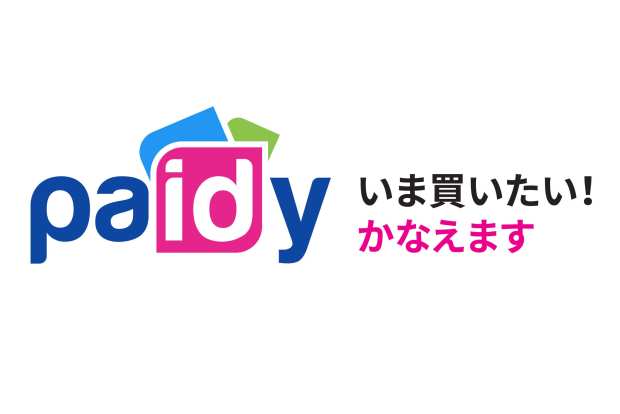Paidy Founder Says Japanese Consumers Ready For New Take On Buy Now Pay Later

When it comes to the attitude about and usage of credit, not all countries are created equal. In fact, even within geographic areas certain countries have high cash volumes even in the COVID-19 world where passing paper is a more dangerous activity. In the EU for example, credit usage accounts for about 39 percent of all point-of-sale value. Go to Germany however, and cash is used for more than 76 percent of those transactions. In Asia, China has grown its overall use of cashless transactions by more than 105 percent, while Japan has grown that number by less than 10 percent.
It’s not that the Japanese don’t have credit cards. They just don’t like to use them. The Japanese mistrust of debt gets into cultural issues as well as the company’s debt problems during the financial crisis. The opportunity is ripe to introduce innovative payment solutions that combine access to credit without the stigma attached to cards. Enter Paidy. After launching its first “buy-now-pay-later” product in 2014, the Japanese FinTech has followed up with Paidy 3-Pay. It is an interest-free payment mechanism that allows consumers to split the cost of a purchase into three equal payments within the company’s app. The service was developed in response to feedback from Paidy’s customers and will also appear at checkout at eCommerce sites when purchasing with Paidy.
“It’s still [in the] early days, but we’re very happy with the response,” Paidy Chairman and Founder Russell Cummer told PYMNTS’ Karen Webster. “I think we see use cases that make a ton of sense. We have the big electronics retailers as our partners so that use case of people buying $400 and $500 items and splitting them over three months makes a ton of sense. But we’re also seeing a use case that I think is more in line with some of the other [buy now pay later] BNPL companies in the $50 to $200 range for fashion and beauty items.”
Paidy 3-Pay was launched partially as a reaction to an uptick in Japanese eCommerce usage. Cummer said it furthers the company’s vision to “take the hassle out of shopping” and incorporates his view that it increases customer buy control by allowing them to “split the bill” with their future selves. The new service is the first in Japan, according to the company, and has also incorporated other new elements such as optional spending limits, online identification (eKYC) via artificial intelligence (AI) facial recognition, and a no-fee option if the monthly invoice is settled with account transfers or bank transfers. There is a one-time credit check when activating the service. Those elements make it easier for the service to fit within the changing Japanese eCommerce attitudes. Despite its cash-friendly attitude, it is still the world’s third-biggest eCommerce market behind China and the U.S. and will end 2020 with $100 billion in eCommerce sales.
Part of the AI-added features addresses security, which has been one of the traditional hindrances to even more accelerated growth for eCommerce. Cummer is acutely aware of the issues but also points to Paidy’s core product, which allows consumers to pay for their goods after the initial purchase with a one-time payment as evidence that the times may be changing.
“We get all excited about this new shiny thing, but actually our existing business is just doing really well, which is a very nice position to be at,” he said. “We keep growing the acceptance network for Paidy and that acceptance network doesn’t differentiate between if the consumer is doing a single pay settlement or a three pay settlement.”
The six-year lifespan of Paidy plus the new 3-Pay introduction has encouraged Cummer to consider the composition of his customer base. Its initial core offering gave consumers the option to buy online and pay in cash at the end of the month, bowing to the cash-centric custom of the Japanese consumer and their reluctance to put card credentials online. But the way Cummer sees it, 3-Pay taps into a different group of consumers, those who may already use an installment credit product in Japan but want slightly different terms.
“The majority of people who have tried to use an installment on credit card have used the two-month installments only,” he said of the initial Paidy offering, which he added is the only installment option that is also interest-free. “So I do think that this three months for zero interest will actually appeal not only to people who are traditional, let’s say cash online shoppers, but people who are looking for an interest-free installment product that offers an additional 30 days to pay.”
Cummer now says that he has the best of both worlds — the what he calls “a bright shiny object” of an interest-free buy now pay later offer for those who want credit but with a different, more certain payment plan, plus an installed base of more than 4 million people and growing that use of its core product. He still believes that his core audience is consumers who don’t like credit cards. The people, he says, who will be attracted to the frictionless elements of Paidy.
“We do think it’s a new audience,” Cummer said. “And now we’re in the process of developing a suite of merchant tools to help them understand their consumers better and give them important ways of helping our partners boost conversion.”
